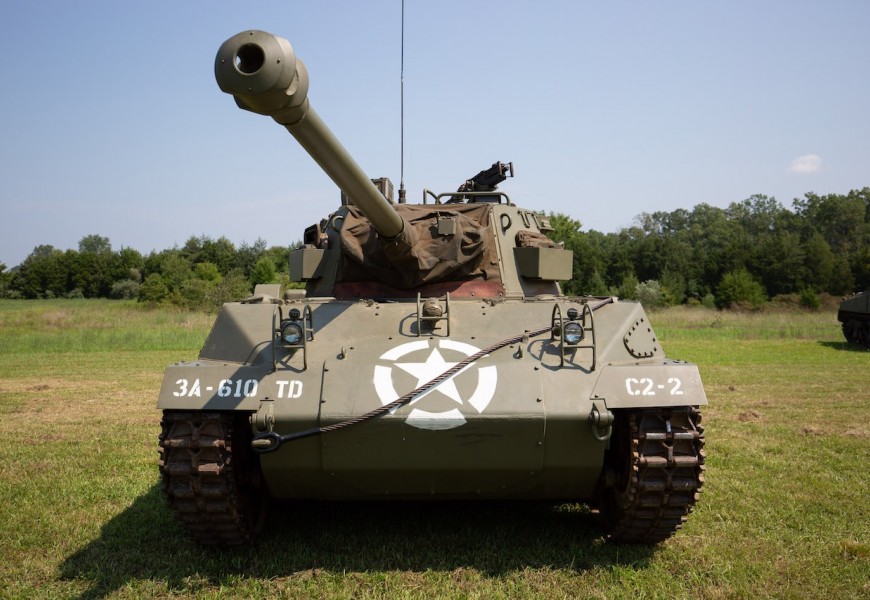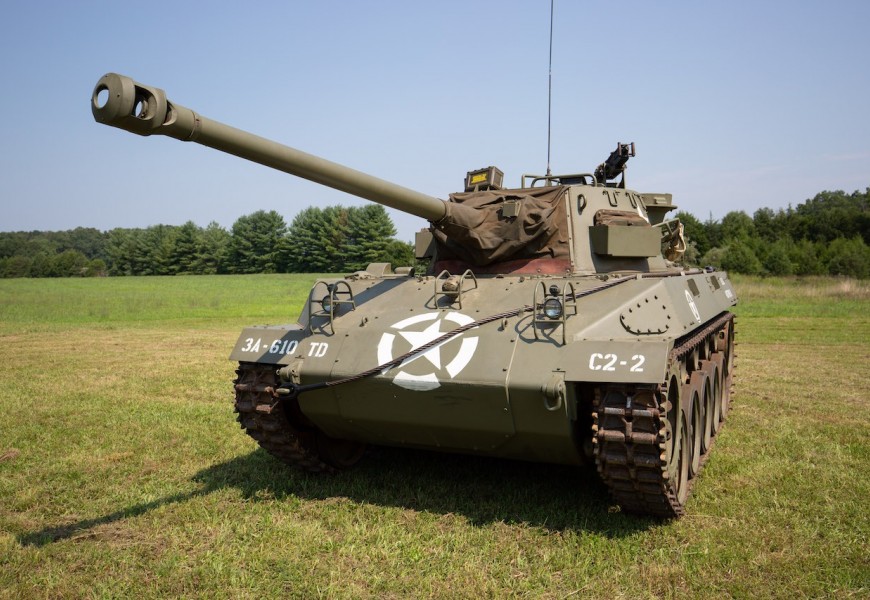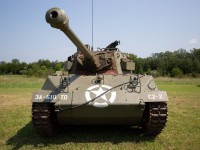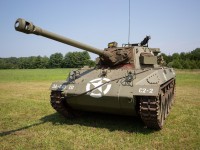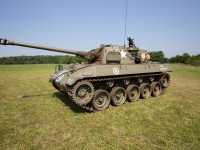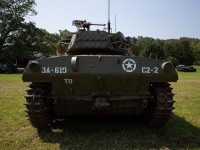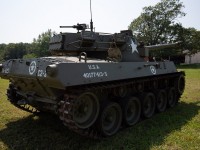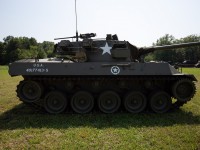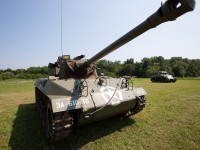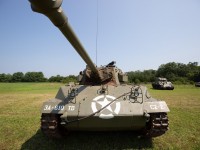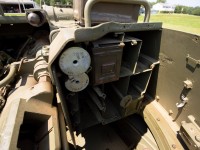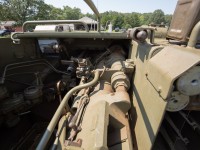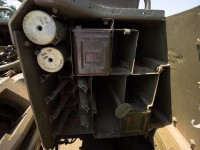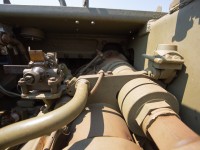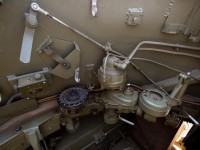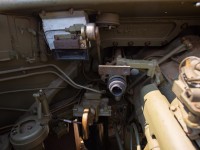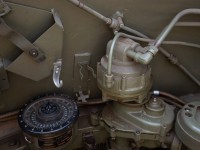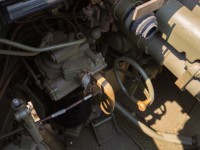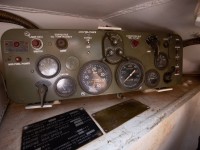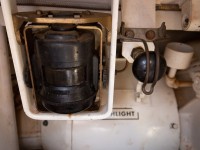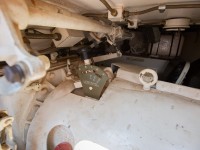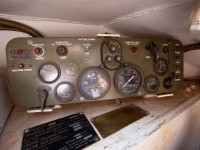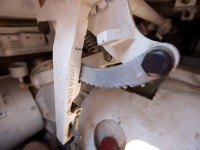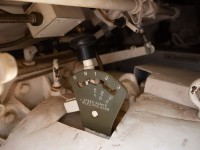Fastest Armored Vehicle of World War II
At the outset of World War II, American anti-tank doctrine was built around countering Germany’s Blitzkrieg tactics. While tank units were to take out any German tanks they came across in combat, dedicated tank destroyer units were tasked with preventing German armor from punching through American lines.Tank Killers
Tank destroyer design emphasized speed and gun size over armor protection. Rather than hunting down enemy armor, American tank destroyers were typically held in reserve, then rushed to wherever enemy armor was concentrated, or hidden in defensive positions where enemy armor was anticipated.The M18’s main gun was a 76mm high velocity gun designed for the anti-tank role and could use a variety of ammunition, including a high-explosive shell for use against static positions, as well as armor-piercing shells. In addition, a .50 caliber heavy machine gun was mounted in a fully rotating ring mount in the open topped turret primarily intended for the anti-aircraft role.
Following the doctrine of tank destroyers, the armor protection was thin, the gun was large, and the speed was great. The M-18 was the fastest fully tracked vehicle in the second world war being able to reach speeds in excess of 50mph. This speed helped offset the thin armor by making it a difficult target to hit.
Shortcomings
The M18’s turret unlike virtually all other tank designs, was open topped. While this allowed the commander excellent visibility and facilitated communication with dismounted infantry, it also left the M18 vulnerable in both urban and woodland environments.When fighting in tight city streets, the open top turret was particularly vulnerable to grenades dropped from balconies and rooftops and offered limited protection from snipers. Conversely, the turret was also vulnerable to shrapnel from artillery and mortar shells that hit trees in forested areas, as well as low angle anti-aircraft air bursts. On the other hand, evacuating the M18 was much faster than in tanks with turret hatches.
The Museums M18 had a long service before being restored at the tank farm. After its service with the US Army in World War II it returned to the United States where it was refurbished by Brown and Root in Texas. After its refurbishment it was sent to Yugoslavia under the Mutual Defense Assistance Program (MDAP) in the early 1950’s. By the mid 1950’s 240 M18s had made their way to Yugoslavia along with M36s and other US military vehicles. These would serve in various units but were seen as obsolete and quickly made their way to reserved units.
These vehicles soldiered on in these units until 1980 when the man who held Yugoslavia together, Tito, died. Over the next decade the country would split along ethnic borders and a civil war would break out by 1991.
With M18s being used by reserve units within the new smaller ethnic countries, the M18 would once again make its way into combat. This time fighting itself between former states of the same nation. There is footage of the war showing M18s firing on the city of Sarajevo as well as other cities. Our M18 fought during this war and was taken by western peacekeepers that came in to stop the war.
When it arrived, it had seen a hard life with much battle damage. We repaired a shaped charge hit to the turret as well as some smaller bullet hits on the hull. One hit went clear through the turret, but the entrance hole had been repaired at one point, yet the exit was still there. We have left that damage as a reminder of the history of this particular vehicle. The M18 you see today is completely restored and functional and is an important part of the museum collection.






